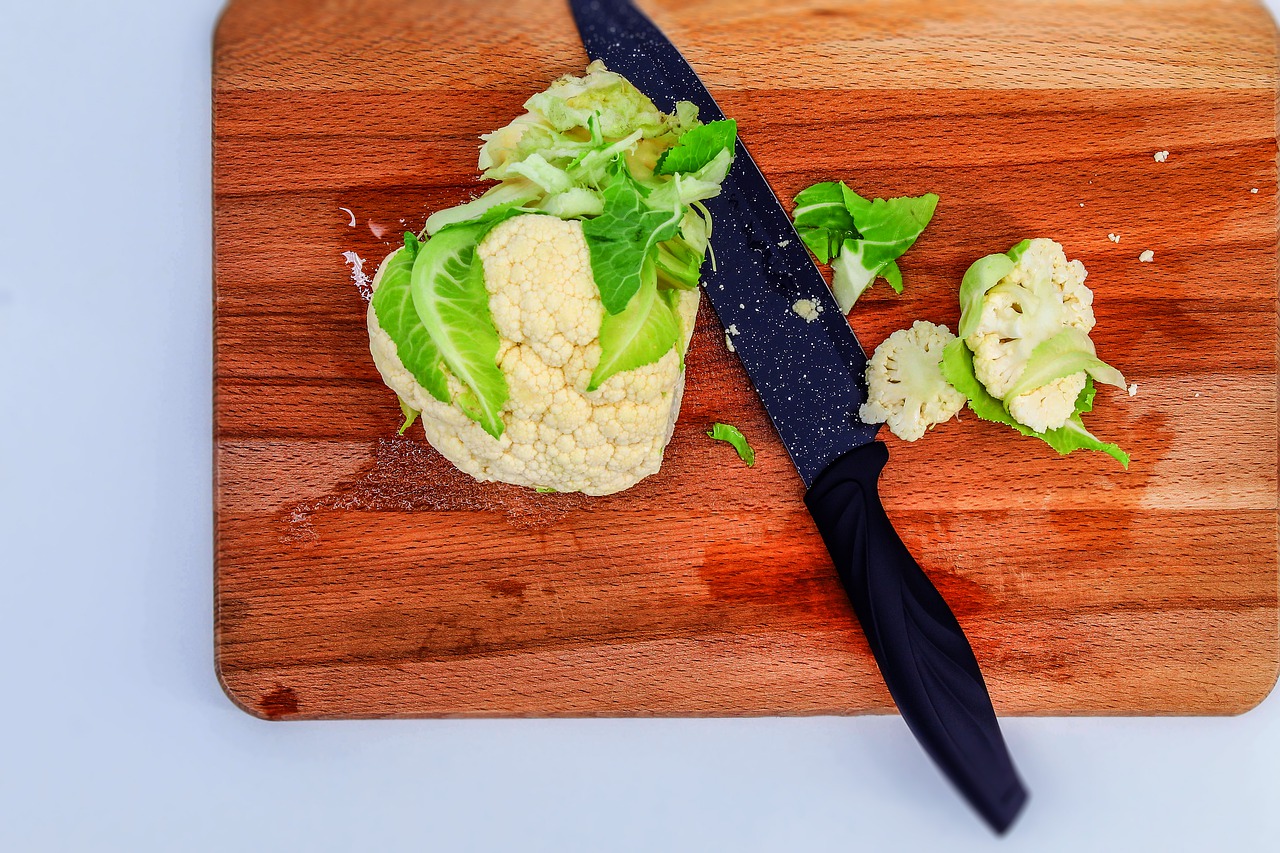Ceramic knives are among the hardest and sharpest implements you will encounter in the kitchen, losing out only to diamond blades in terms of hardness.
It is difficult to chip and dull ceramic knives, but they do take damage after a few years of use, so yes, it is not inaccurate to say that old ceramic knives need sharpening, too.
If you have been thinking of buying a ceramic knife sharpening stone or any similar implement to sharpen your ceramic knife, read on first, so you know what the real deal is with ceramic knives.
Can You Sharpen Ceramic Knives on a Whetstone?
Before we answer this question, we have to get some common misconceptions about ceramic knives out of the way.
The first misconception is that ceramic knives are like miracle blades that never need sharpening. The second misconception is you can use any sharpening tool to keep your ceramic knives in top condition. These are both wrong, and we’ll tell you why.
About the first myth: ceramic knives are made from a material called Zirconia, or in scientific parlance, zirconium dioxide. Zirconia is hard as it registers around 9.5 on the Mohs scale. This puts Zirconia just before diamond, which registers a 10 or 9.9 (there are different kinds of diamonds, not just the type that is mined). Be that as it may, Zirconia is not a wonder material, and it is not like the fictional vibranium in Marvel movies. It can chip, it can dull, and over time, your ceramic knife will take damage like other kinds of knives.
The second myth is that you can use any kind of sharpening tool to tackle the problem of a dull ceramic blade.
This doesn’t work because of the hardness of the material. The sharpening implement has to be able to handle the hardness of Zirconium, which is close to the hardness of diamonds.
This means you need to get a sharpener that is designed for harder materials. Luckily, you can use a ceramic knife sharpener to keep your ceramic blades in top condition.
To answer everyone’s question on whetstones and ceramic knives: you can try them, but the results will depend heavily on the quality and Mohs rating of the sharpener you are using.
The ordinary ones may be useful for stainless steel knives, but not for ceramic knives as they are not hard enough. Again, the minimum that you need to sharpen Zirconium is a ceramic knife sharpener.
How to Use a Ceramic Knife Sharpener
The most popular type of ceramic knife sharpener in the market is the one with a long stabilizing base and several slots for different grades of steel.
These can technically be used, but the results of your sharpening efforts will vary primarily based on your skill in handling your ceramic knife. Here are our expert guidelines on sharpening ceramic knives:
- If you have the option to use something other than a whetstone, try looking for diamond stones. Don’t worry; these are not the same as million-dollar diamonds that fancy ladies wear.
- Diamond stones or diamond whetstones are heavy-duty sharpeners that are harder, more durable, and are manufactured from monocrystalline diamond surfaces.
Diamond whetstones do not require the use of oil and may be used as-is for the best sharpening experience yet.
Diamond stones also provide the distinct advantage of being able to speed up the sharpening and refining process, even with the most robust blades and knives at home. So you can sharpen your ceramic knives and all your other knives with just one diamond whetstone set. - Waterstones and sandpaper have been used before, and if you are patient, they might provide moderately satisfactory results. However, if you are pressed for time, grab a more appropriate tool for the job ahead that will ensure a better experience for you overall.
- While ceramic knives are nowhere near-miraculous and there are a couple of glaring disadvantages, it’s important to note that they do have higher edge retention than other kinds of knives, so that’s nice. If you use your ceramic knives regularly in the kitchen, you’ll love it when they’re finely polished again.
- Ceramic knives are incredibly brittle despite the high Mons scale rating, which is why it can be difficult to sharpen it properly without actually producing two blades from a single knife – what a tragedy!
The first thing that you should keep in mind when sharpening any ceramic knife is you should never exert force on the blade the same way you use force on your stainless steel knives.
Ceramic knives have no give, they will break when you push against the surface of the blade, and you might waste your knife. - The best way to hold a ceramic knife while sharpening is with two hands. One hand holds the handle while the second one is on top, guiding the blade as you sharpen it.
The extra guidance from the second hand is going to ensure that the blade is polished correctly without the need to overcompensate and possibly break the blade.
A lot of people expect some form of springiness from ceramic, but you are never going to find that springiness because ceramic is not stainless steel, period. - The sharpness of your knife will depend mainly on how well you know how to sharpen knives in general. So if this is your first time to sharpen a knife, we recommend that you practice first with your stainless steel knives instead.
This way, you will have a fuller understanding of how blades are sharpened, and you won’t ruin your ceramic blade. - Apply only light force with your fingers (on top of the blade) and use gentle motion only to introduce friction to the blade.
- It doesn’t matter if your hands are going up or down while sharpening any blade. So work with what you are comfortable with and focus on not exerting too much force on the knife.

